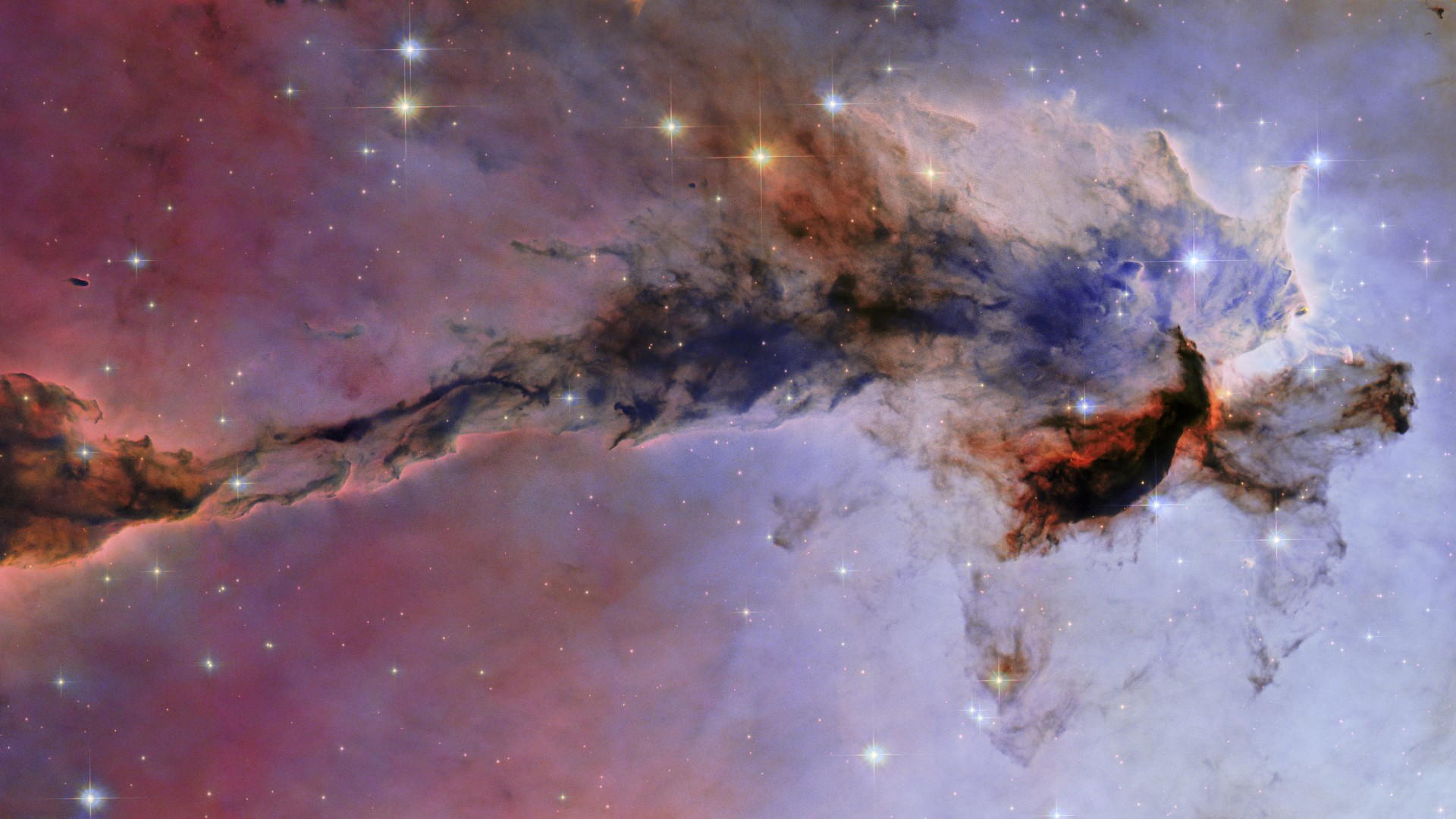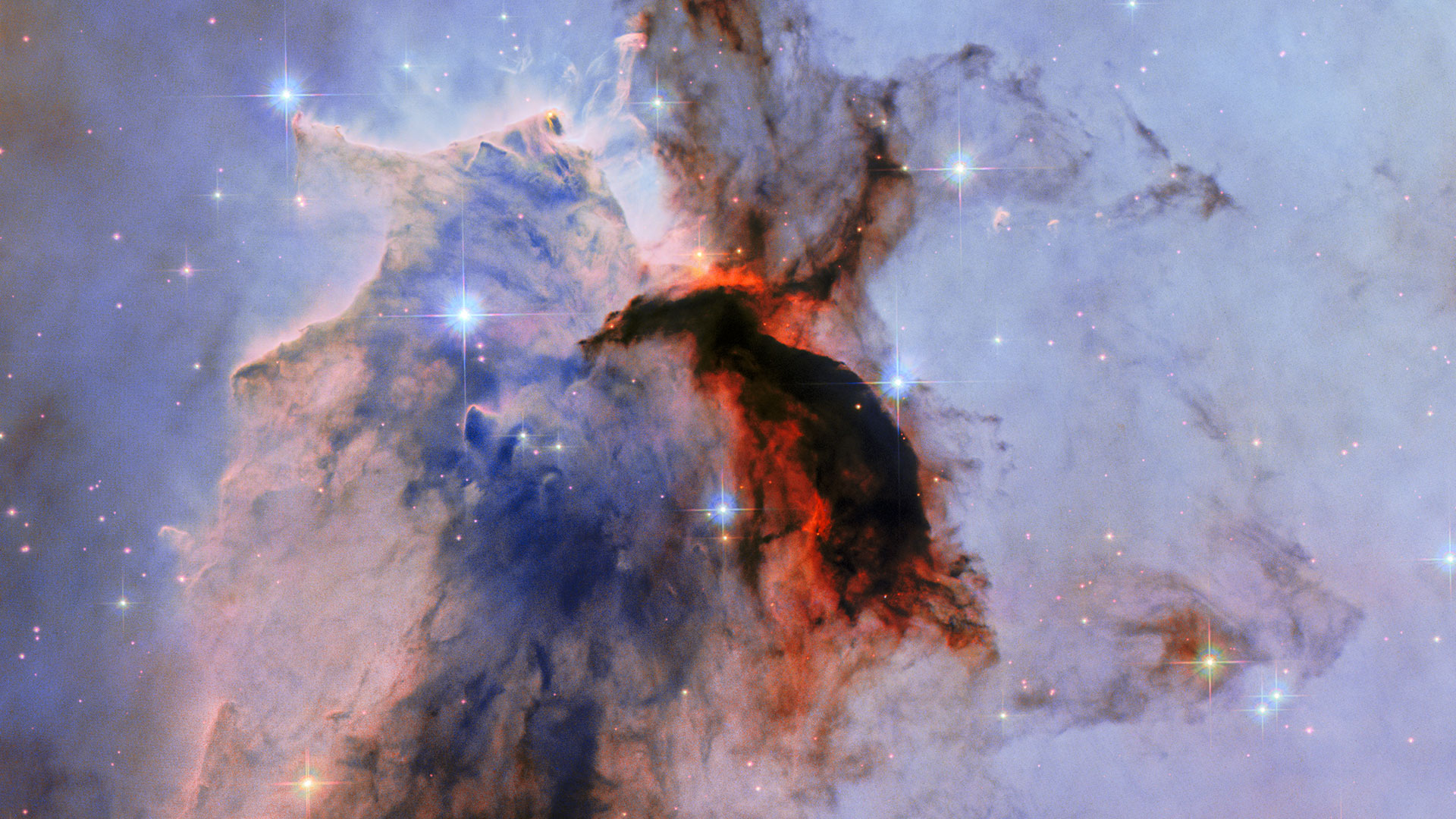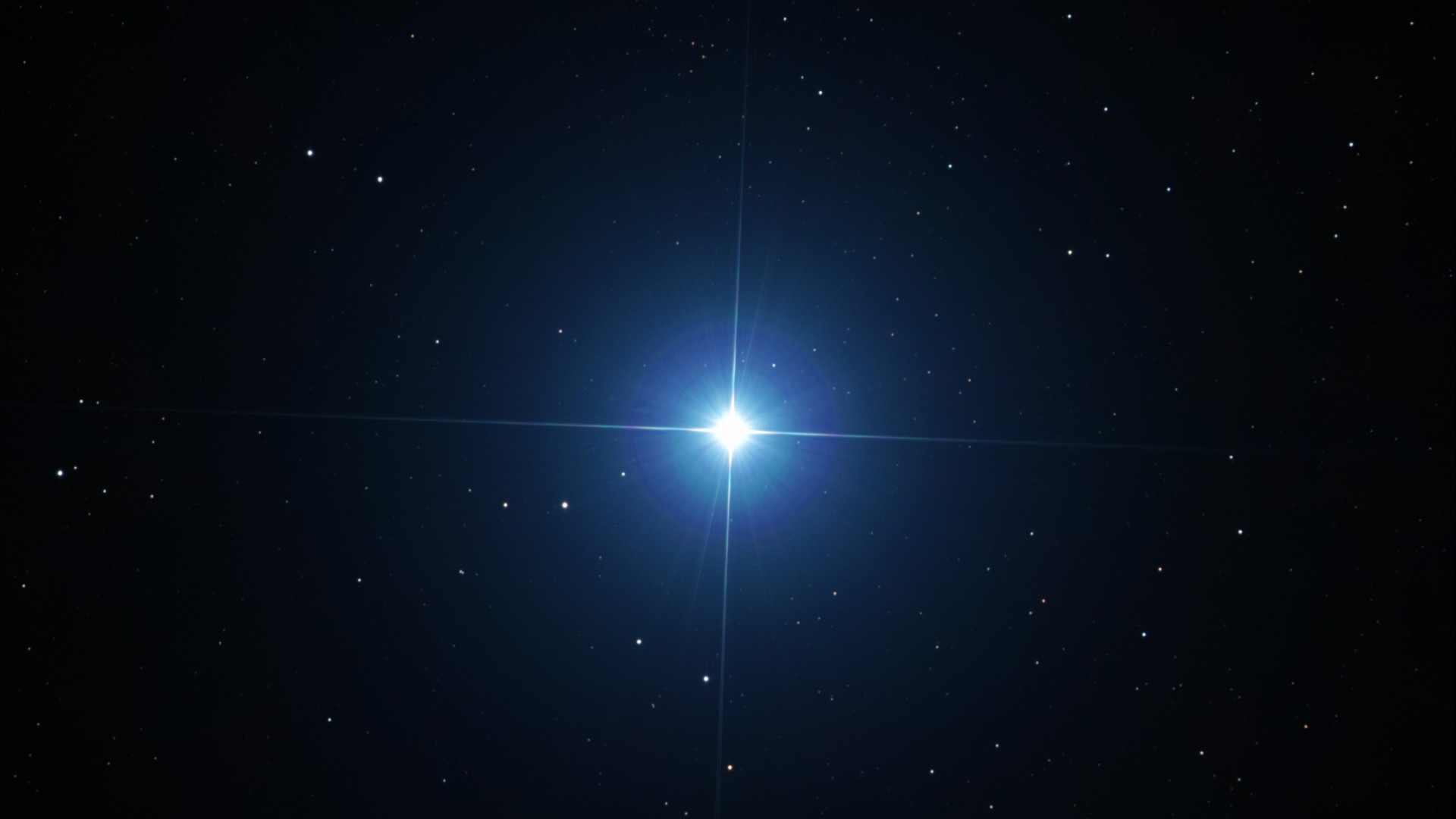Hubble Space Telescope
Latest about Hubble Space Telescope
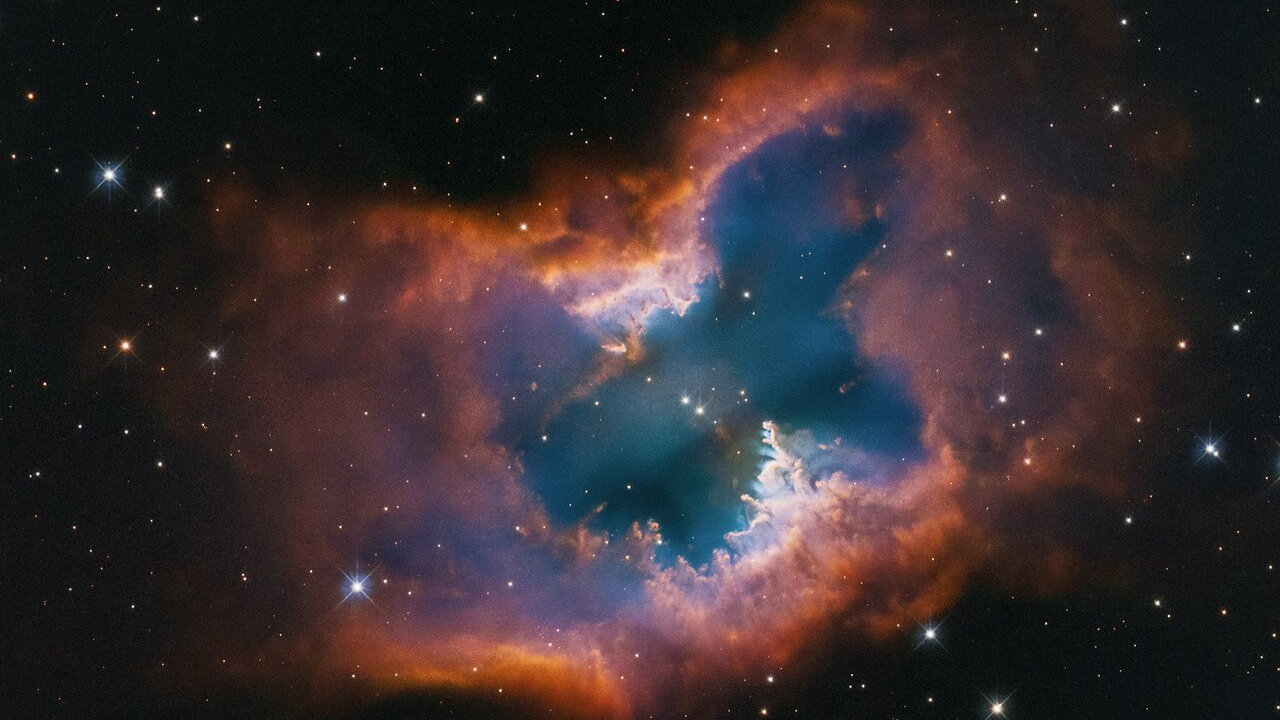
Hubble Telescope snaps stunning portraits of Mars, a celestial moth and more in spectacular 35th anniversary photos
By Sharmila Kuthunur published
As scientists and space enthusiasts commemorate the Hubble Space Telescope's 35 years in orbit, the mission team joined in by delivering a fresh collection of awe-inspiring images.
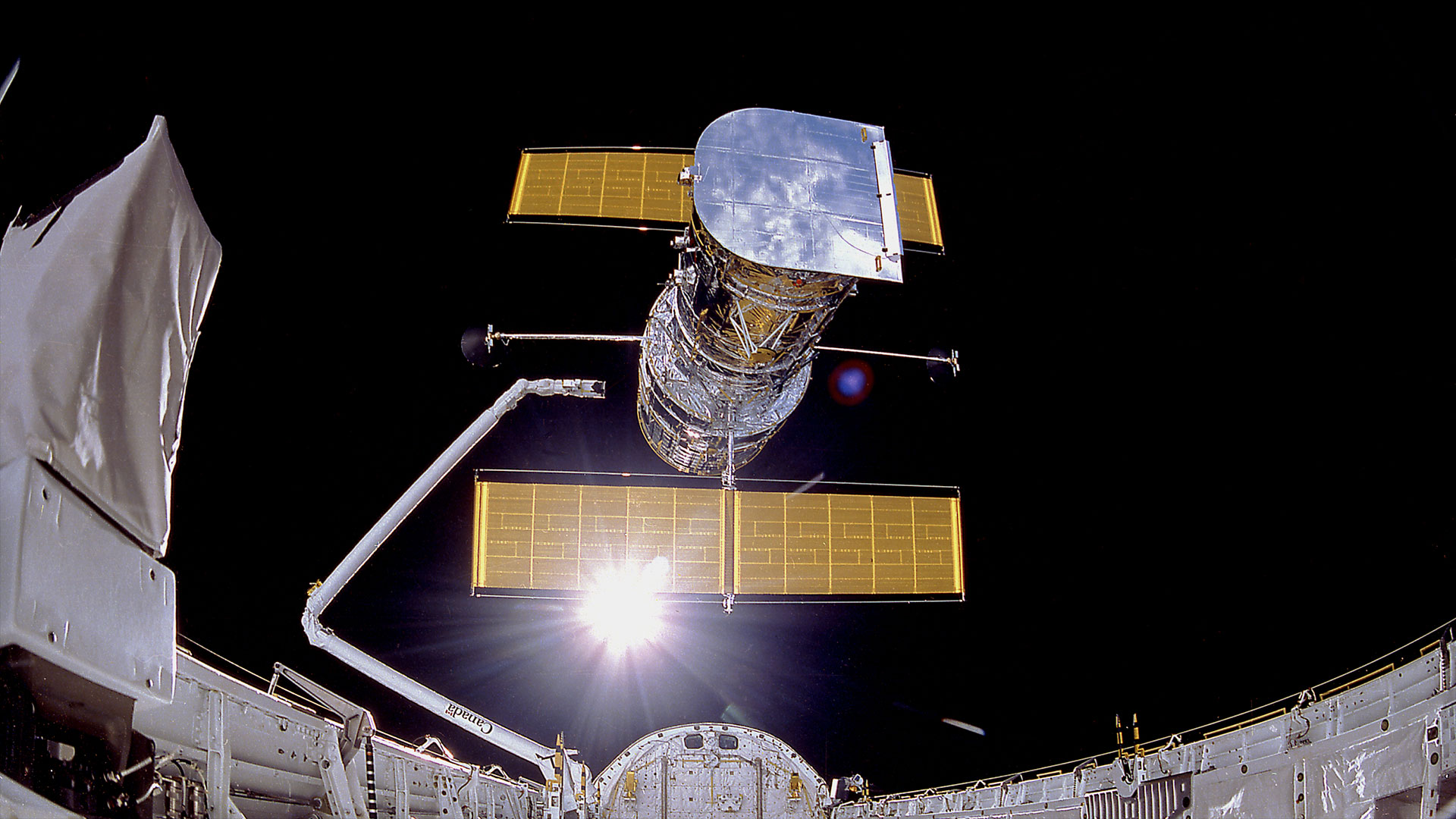
Hubble Space Telescope at 35 | Space photo of the day for April 24, 2025
By Robert Z. Pearlman published
Thirty-five years ago today, the Hubble Space Telescope was launched into Earth orbit.
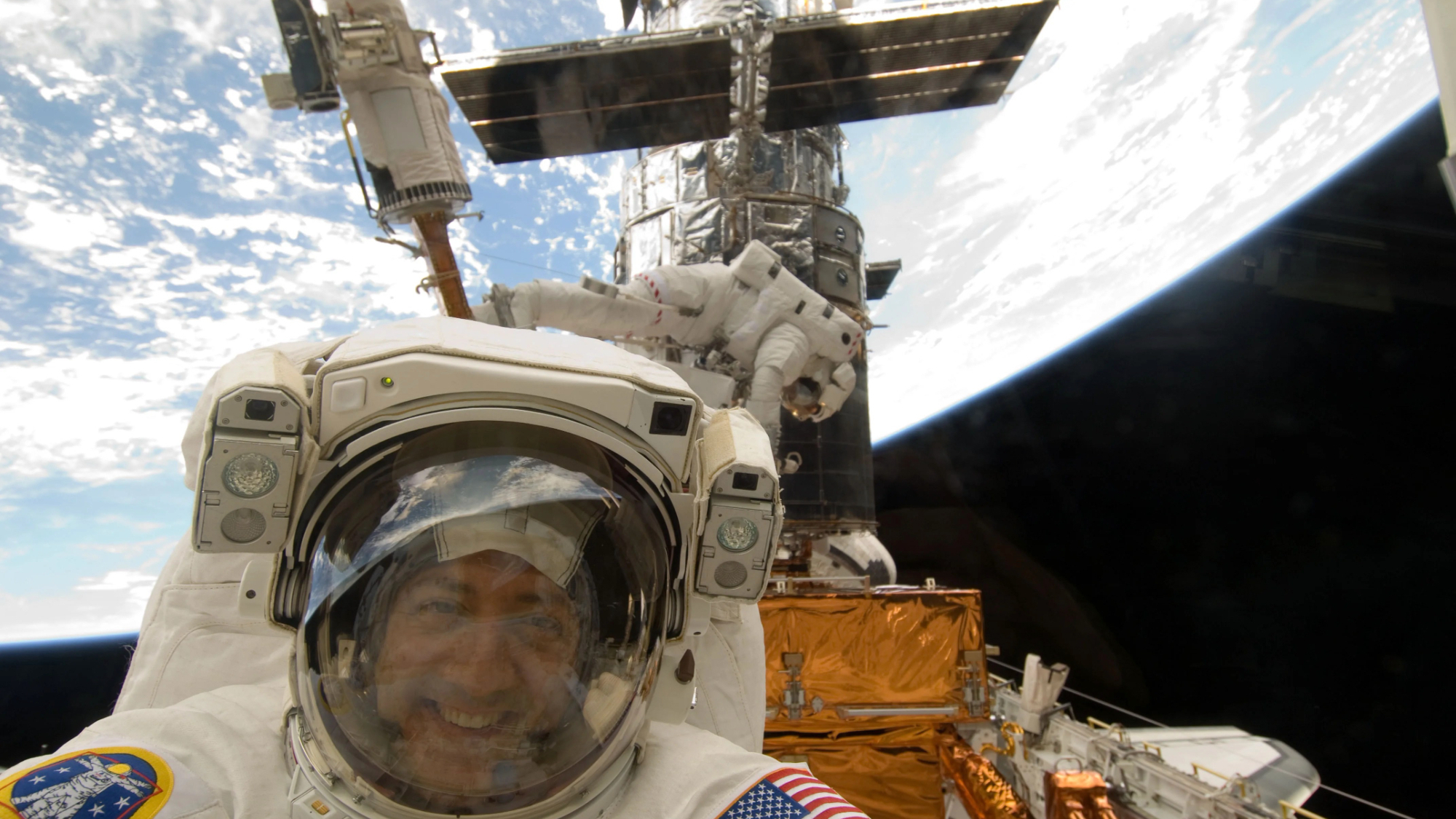
Could astronauts visit the Hubble Space Telescope again?
By Mike Wall published
Astronauts repaired and upgraded NASA's Hubble Space Telescope over the course of five servicing missions from 1993 to 2009. Could yet another astronaut visit be in the cards?
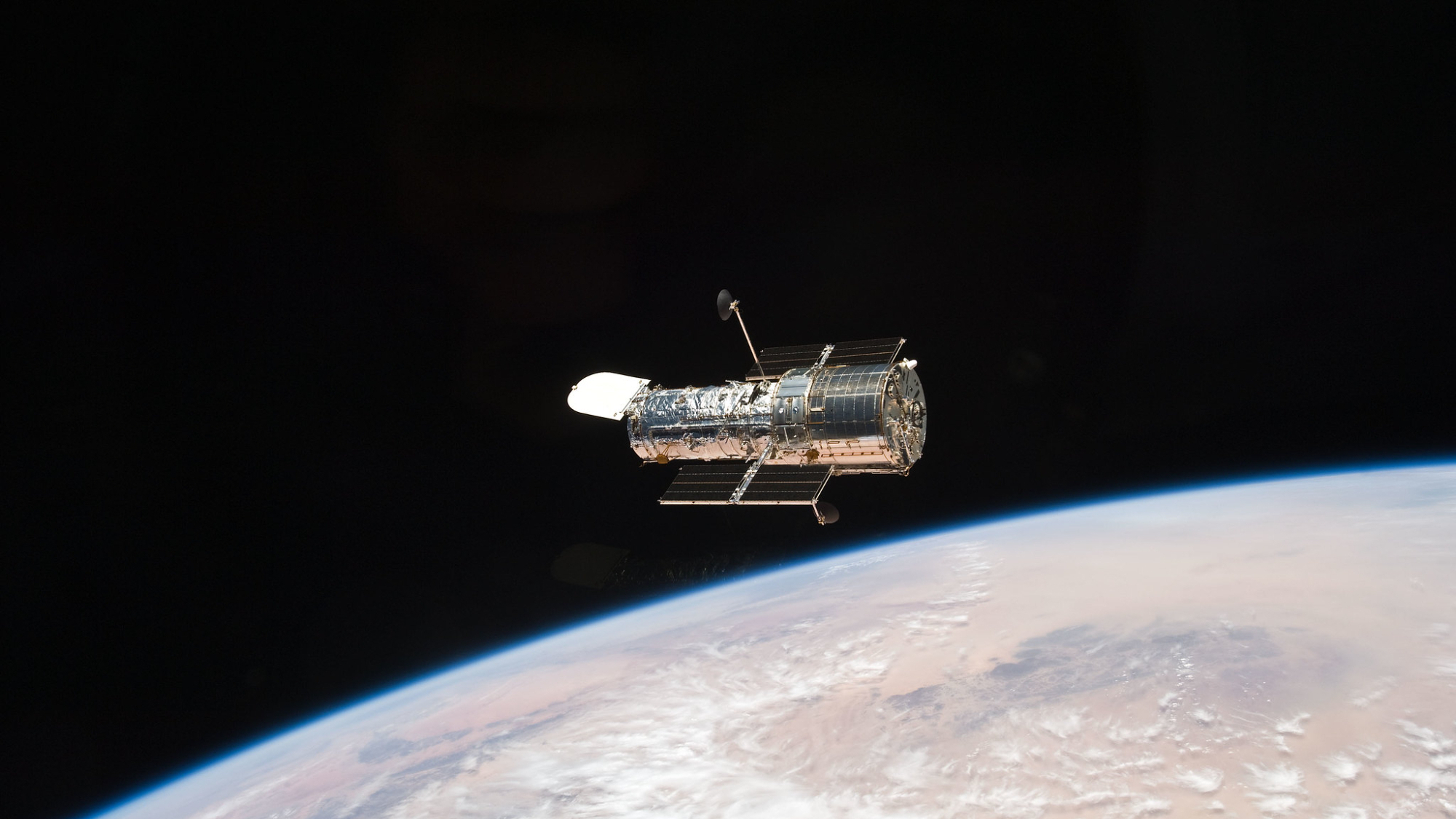
Happy 35th birthday, Hubble Telescope! 10 times the iconic observatory blew astronomers' minds (photos)
By Sharmila Kuthunur published
To mark the 35th anniversary of the Hubble Space Telescope, Space.com looks at some of the most scientifically significant images that have emerged from the observatory's lens.
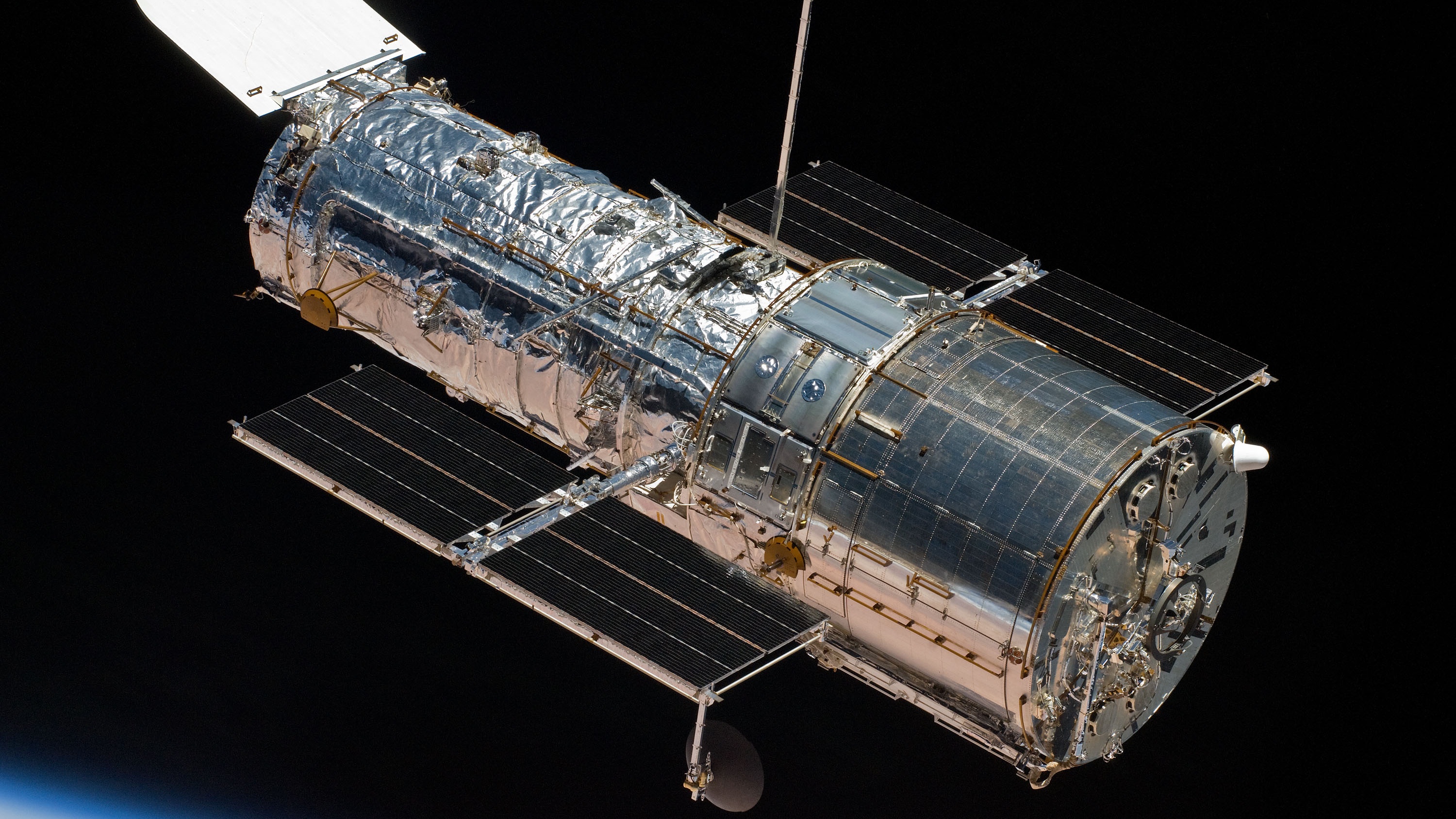
Aging gracefully: The Hubble Telescope is in 'excellent technical condition' on its 35th birthday, its chief scientist says
By Keith Cooper published
By teaming up with the James Webb Space Telescope, or by scientists delving into its long history of observations, Hubble is cementing its legacy.
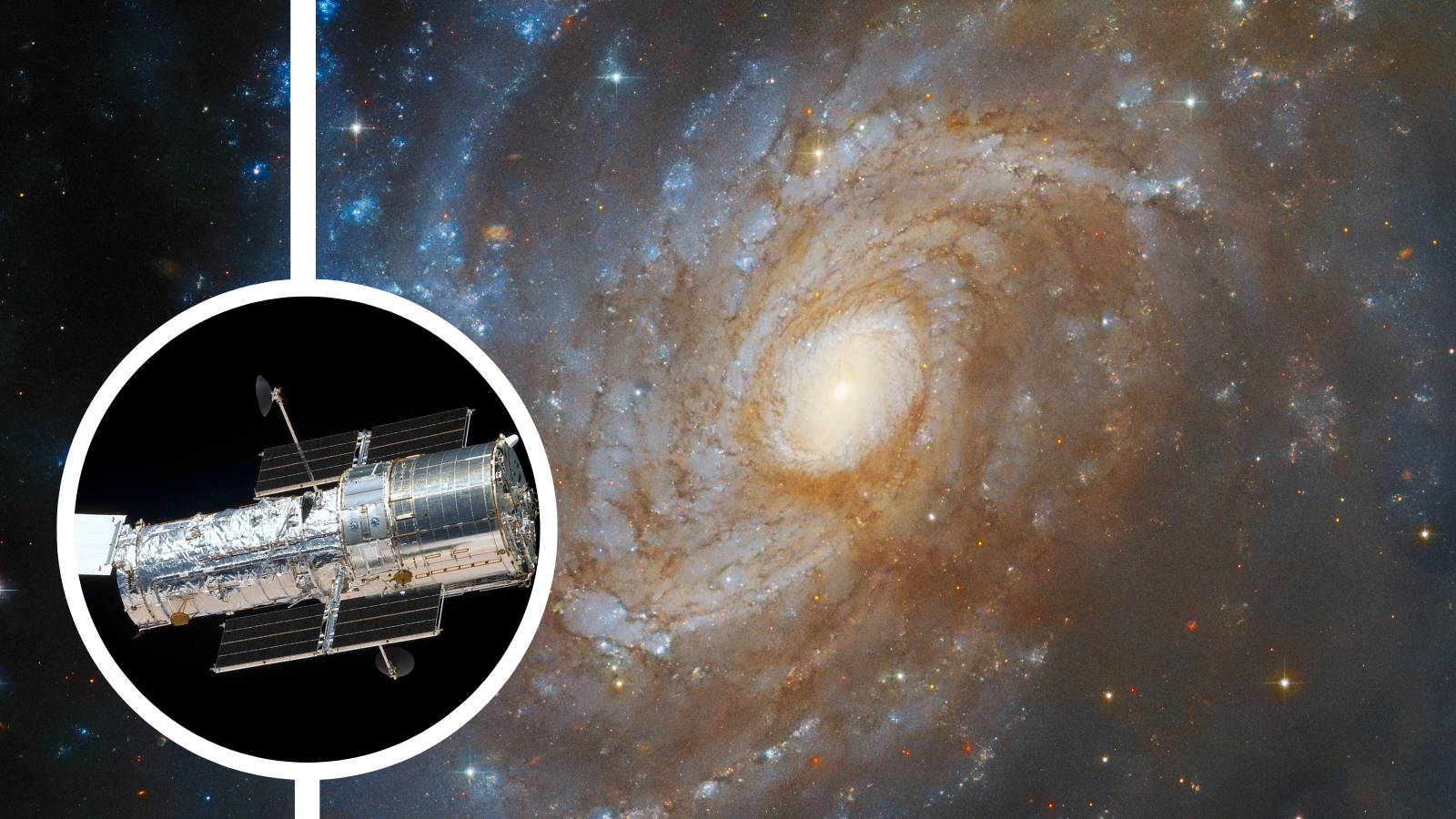
Can Hubble still hang? How the space telescope compares to its successors after 35 years of cosmic adventures
By Robert Lea published
On Thursday, April 24, 2025, the Hubble Space Telescope will celebrate 35 years in space. Can it still hold its own and prove useful when compared to instruments like the James Webb Space Telescope?
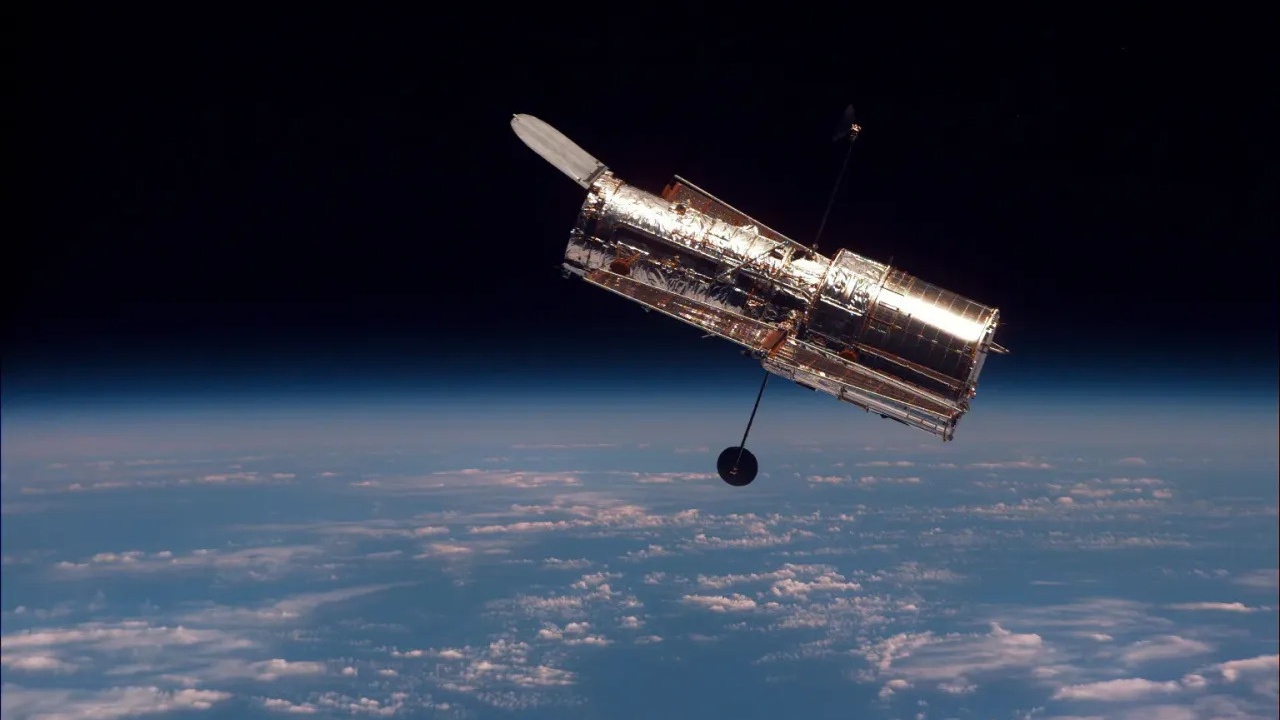
The Hubble Space Telescope turns 35 as NASA budget cuts loom. How many more birthdays will it have?
By Monisha Ravisetti published
Budget cuts hitting U.S. government agencies like NASA don't seem promising for the Hubble Space Telescope, but there is still hope.
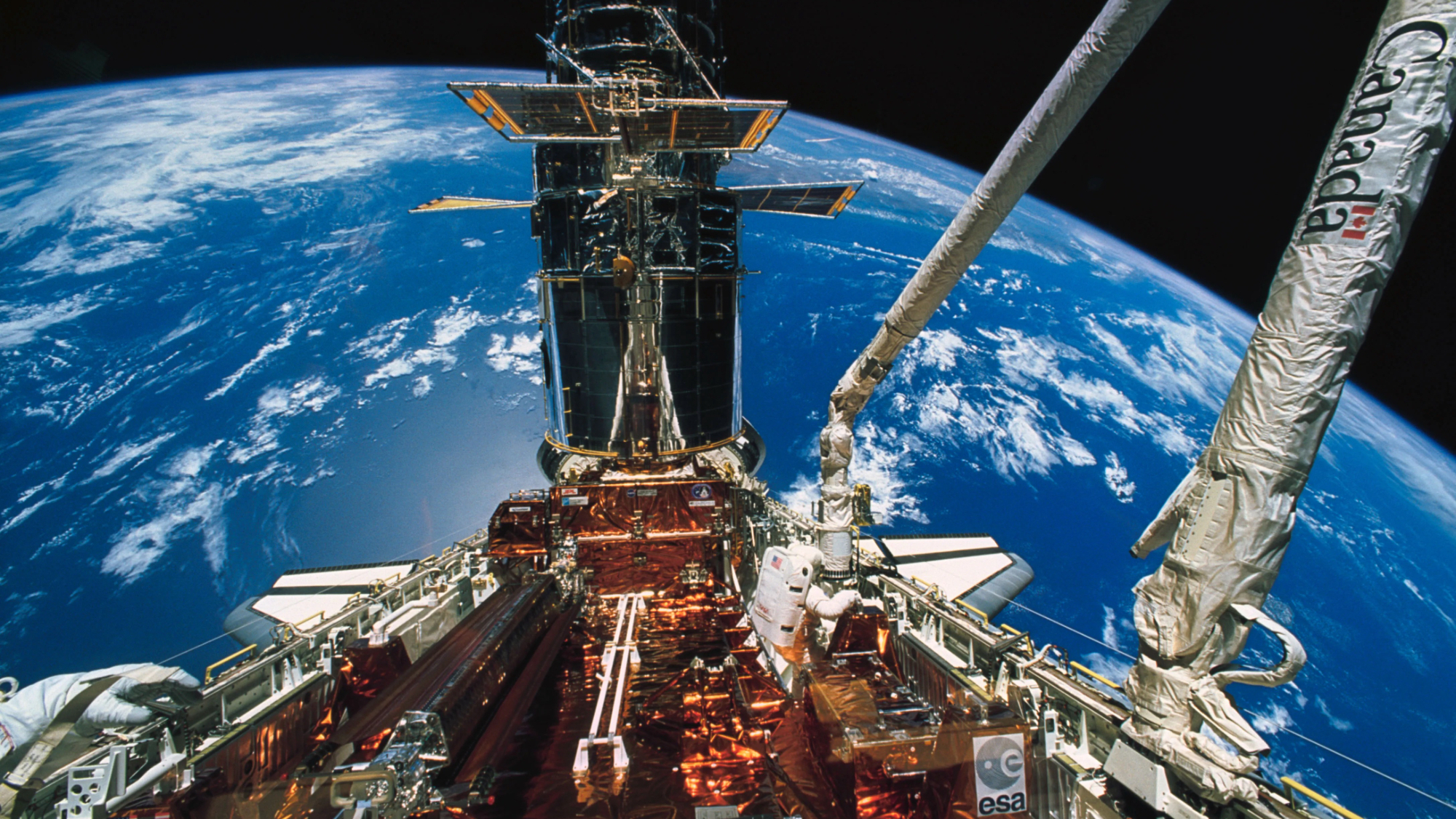
Fixing the Hubble Space Telescope: A timeline of NASA's shuttle servicing missions
By Josh Dinner published
Spacewalking astronauts repaired and upgraded the famed Hubble Telescope during five missions from 1993 to 2009. Here's a summary of these epic servicing efforts.
Get the Space.com Newsletter
Breaking space news, the latest updates on rocket launches, skywatching events and more!
